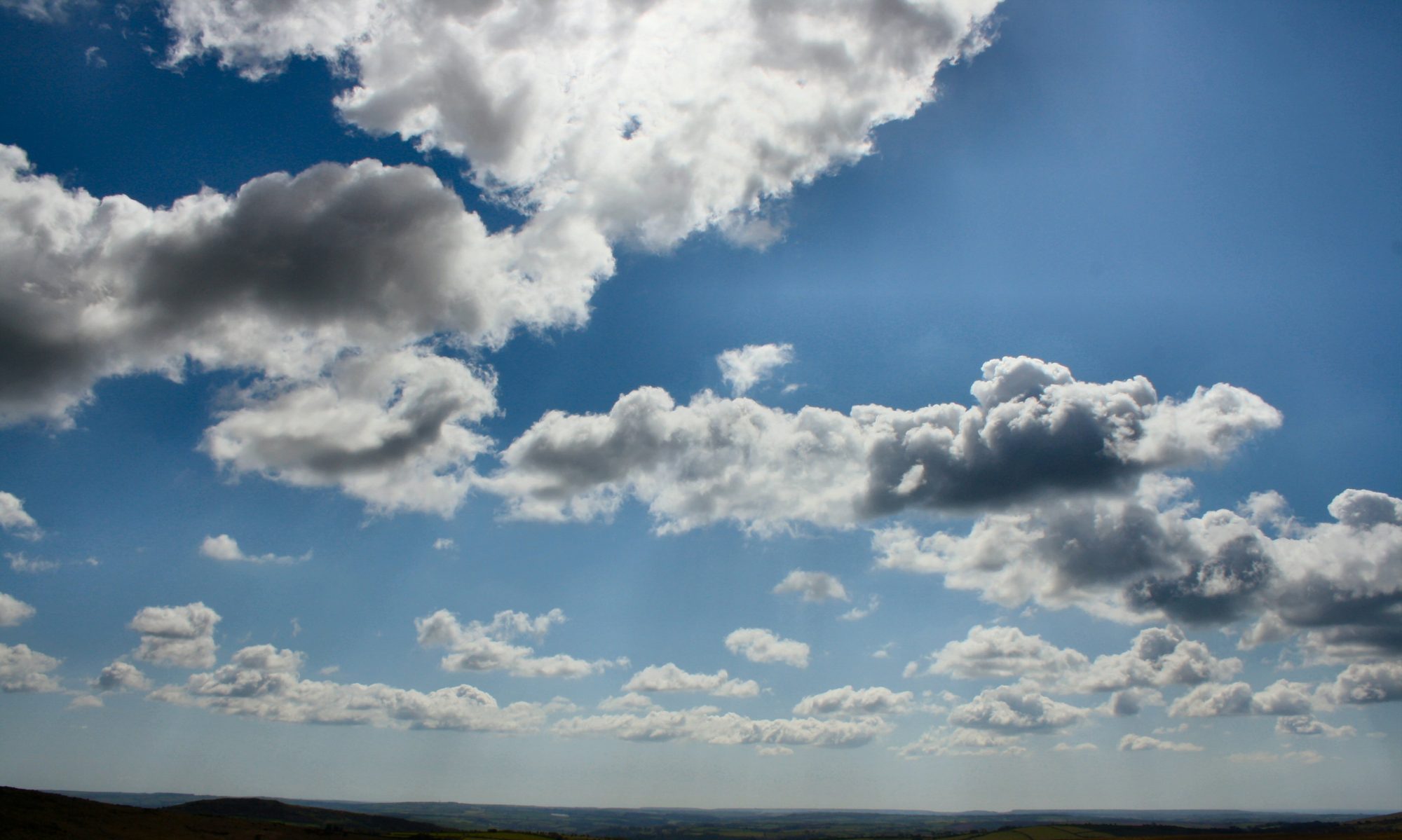Importance of hedgerows
Hedgerows are a vital resource for wildlife. One study counted 2070 different species in just one hedgerow in Devon. Blossom in the spring supplies nectar for insects, the structure provides bird nesting habitat in summer, the berries give food in autumn and the twigs and branches opportunity to hibernate in winter. Some species operate in very particular niches, for example the brown hairstreak butterfly lays its eggs on the young shoots of blackthorn.
The value of a hedgerow is not just for wildlife, and a healthy hedgerow has widespread benefits including:
- Flood prevention
- Crop and livestock protection
- Prevention of soil erosion
- Increasing pollinators to assist in crop pollination
Threats to hedgerows
One of the threats to a healthy hedgerow is if it gets cut to the same point each year, this creates scarring that eventually kills the individual plant and leaves gaps in the hedge. There is a good illustration of the eventual effect of over trimming on the right hand side of the image at PTES Hedgerow Management cycle . Ideally hedges should be cut on a two- or three-year cycle, allowing plants to blossom and fruit. Obviously, this will not be appropriate for everywhere, including the vertical line of a hedge where it directly borders roads, but elsewhere this should be considered. If the cut cannot be left for this long, by cutting 10cm on from the previous year’s cut you allow the hedge plants to blossom and avoid the scarring of repeatedly cutting to the same point. There is more detail on all of this on the Healthy Hedgerows on your Land Leaflet
Policy and grants
Legally a hedgerow should not be cut in the nesting season (1 March – 31 August), where hedges meet the description set out at the Government guidance on hedge cutting. Where possible, it is best to leave the cut to late winter so that the fruits of the plants can stand and provide an essential food source for wildlife over the autumn and winter months.
As of 1 July 2024, there is a policy of leaving a 2 metre buffer strip either side of the hedge (measuring from the centre of the hedge) – see the hedge criteria at Government guidance on hedgerow buffer strips for more details. There are restrictions on spreading fertilisers or pesticides, as well as ensuring a suitable green cover is maintained on these buffer strips.
Additional to these policies, the Government wants to incentivise healthy hedgerow management. Under the Environmental Land Management scheme, the Government makes payments for environmental goods, alongside food production. The incentives are as follows:
- Management of hedgerows by rotational cutting and leaving some hedgerows uncut – £10 per 100m for one side of hedge
- Manage hedgerows, including annual incremental cutting or leaving hedgerows uncut for longer- £10 per 100m for one side of hedge
- Assessing and recording hedgerow condition- £3 per 100m (one side)
- Maintain hedgerow trees, or establishing new ones – £10 per 100m (both sides)
You can find more information on these at ELM update . Though these may not seem like large sums, added up together and for both sides, they can soon mount up and obviously a larger farm would see greater financial benefits.
Hedgerow surveying
There is a new hedgerow survey app that allows quick surveying of the structure of a hedge, so that recommendations for future management can be made. This survey can be used to support farmers to survey their hedges and receive the above assessment payment. You can find more information on the app and download it at Healthy Hedgerows Survey.
